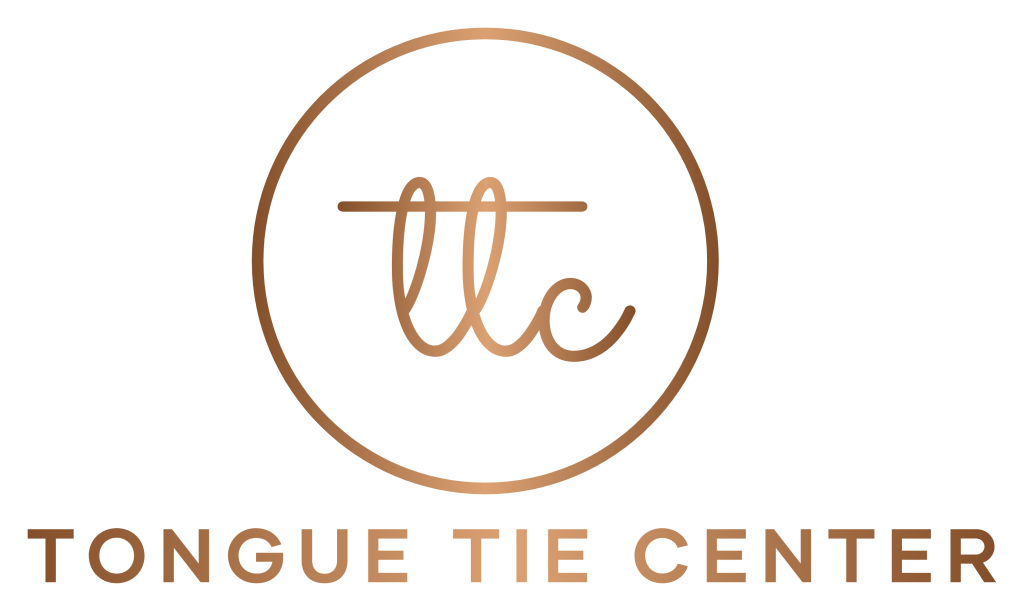15 Ways to Damage Your Teeth, PART 1
This article, part one of a four-part series, examines 15 common habits and behaviors that could lead to the early demise of your pearly whites.
While it is human nature to focus upon the aesthetic aspect of any physical feature, one mustn’t forget that the teeth are tools that play a fundamental role in the digestive system. As such, maintaining excellent oral health and hygiene is of utmost importance if we are to keep our smiles beautiful and functional until well into our late adulthood and beyond. Yet, in spite of our much better understanding of the importance of proper oral healthcare and the sophisticated technologies we use to dispense it, there are still a staggering number of people (over 30 million) living in the United States without a single original adult tooth left. Furthermore, the number of adults living with between 11 and 15 of their teeth missing is a number that exceeds 100 million.

A closer examination of patients’ lifestyles reveals a great number of bad habits and behaviors that have been shown to directly lead to the destruction of our pearly whites, in both the short and long term. Unfortunately, many of these habits one would never suspect to have such a detrimental effect. In order to combat this ignorance, this four-part article series presents the 15 habits that could lead to the early demise of your smile aesthetics and oral health and hygiene!
1. Brushing Immediately After Meals
We all know how important it is to brush our teeth at least twice a day; after breakfast and before we go to bed at night. But what few patients do understand, is that brushing immediately after meals can hasten the erosion of your dental enamel; the hard protective outer layer of the tooth that protects the softer underlying dentin and pulp chamber. Eating creates an acidic environment in the mouth, which softens the enamel, making it more vulnerable to erosion. By waiting half an hour after a meal before brushing and by drinking water instead of acidic and sweet colas and fruit juices, you can prolong the life of your pearly whites by years! There are also a number of sugar-free chewing gum products containing xylitol on the market, which remineralize the teeth after eating.
2. Neglecting to Floss Your Teeth
 Think you can get away without flossing? Think again! Just because you can’t feel any food between your teeth, doesn’t mean they aren’t teeming with bacteria. In fact, the narrow spaces between your teeth offer excellent harbors for food, which in turn encourages the growth of bacteria. Plaque is a sticky white substance composed of millions of swarming bacteria and no amount of brushing can remove it from those hard-to-reach places between the teeth. For this reason, flossing is fundamental in the preservation of thorough oral hygiene. By keeping bacterial activity in your mouth to a minimum, you can prevent the development of tartar (hardened deposits of plaque), which in turn causes cavities, bad breath, gingivitis and periodontal (gum) disease.
Think you can get away without flossing? Think again! Just because you can’t feel any food between your teeth, doesn’t mean they aren’t teeming with bacteria. In fact, the narrow spaces between your teeth offer excellent harbors for food, which in turn encourages the growth of bacteria. Plaque is a sticky white substance composed of millions of swarming bacteria and no amount of brushing can remove it from those hard-to-reach places between the teeth. For this reason, flossing is fundamental in the preservation of thorough oral hygiene. By keeping bacterial activity in your mouth to a minimum, you can prevent the development of tartar (hardened deposits of plaque), which in turn causes cavities, bad breath, gingivitis and periodontal (gum) disease.
3. Avoiding Check-Ups with the Dentist
If it has been more than a year since your last appointment with the dentist, it’s time to book yourself in! Maintaining a rigorous home oral hygiene routine is only one-half of keeping your pearly whites healthy and beautiful for a lifetime. Regular check-ups with the dentist are a fundamental part of the preventative healthcare that will keep your teeth and gums problem and infection-free. Through the early diagnosis of cavities, decay and infection, the dentist can administer the treatment necessary to prevent them from causing problems that could cause tooth loss and/or necessitate procedures that are not only extremely expensive, but invasive and painful too.
Advice from the Dentist: Stay Tuned
To find out more about the bad habits and behaviors that could condemn the quality of your smile to an early grave, stay tuned for part two of our four-part series.
The post 15 Ways to Damage Your Teeth, PART 1 appeared first on Kenneth R. Levine, DDS.
The post 15 Ways to Damage Your Teeth, PART 1 appeared first on Kenneth R. Levine, DDS.

